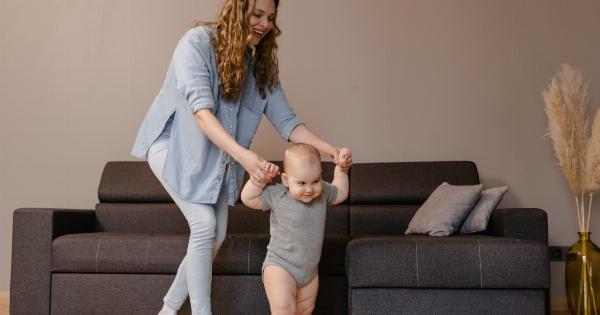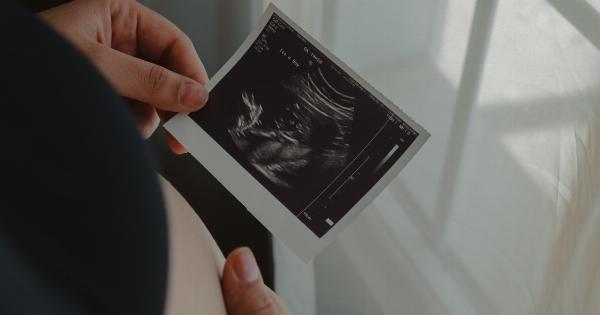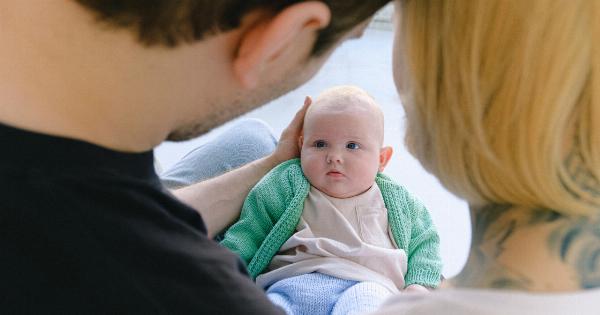The Importance of Safe Sleep Practices
.The safety of infants during sleep is of utmost importance. As new parents, it’s natural to worry about the well-being of your little one, especially when it comes to their sleep habits.
While there are many factors that contribute to a safe sleeping environment for babies, one critical aspect that often gets overlooked is the position in which they sleep.
What is Face-Down Sleeping?
.Face-down sleeping refers to the position where an infant is placed on their stomach or with their face pressing against the mattress.
This position can occur accidentally when a baby starts to roll over independently during sleep or intentionally when someone puts them to sleep face down.
The Dangers of Face-Down Sleeping
.Face-down sleeping poses several risks to infants, primarily due to the potential restriction of airway and breathing difficulties. Here are some of the dangers associated with this sleeping position:.
1. Increased Risk of Sudden Infant Death Syndrome (SIDS)
.Sleeping face down has been identified as a major risk factor for Sudden Infant Death Syndrome or SIDS. SIDS is the unexplained death of an otherwise healthy baby during sleep.
Studies have shown that babies who sleep on their stomachs have a higher likelihood of SIDS compared to those who sleep on their backs or sides.
2. Reduced Oxygen Supply
.When an infant sleeps face down, there is an increased chance of their nose, mouth, or face being obstructed by bedding or the mattress.
This can lead to decreased oxygen supply and an increased risk of suffocation or rebreathing of exhaled carbon dioxide.
3. Impaired Heat Dissipation
.Face-down sleeping also affects the baby’s ability to regulate their body temperature.
When a baby sleeps with their face against the mattress, it hinders heat dissipation, and they have the potential to overheat, increasing the risk of conditions like sudden infant death due to hyperthermia.
4. Delayed Motor Development
.Several studies have found a correlation between lengthy periods of face-down sleeping and delayed motor development in infants.
The prolonged restriction of movement and lack of freedom to explore their surroundings hinder the natural development of their motor skills and muscles.
5. Increased Risk of Sleep-Related Accidents
.Face-down sleeping can increase the chances of sleep-related accidents.
As babies grow and become more active during sleep, being in a face-down position can make it harder for them to move their heads and bodies comfortably, increasing the risk of getting trapped or entangled in bedding or crib structures.
Safe Sleep Guidelines for Infants
.To ensure the safety of your baby during sleep, it is essential to follow these safe sleep guidelines:.
1. Back to Sleep
.Always put your baby to sleep on their back. This reduces the risk of suffocation, SIDS, and other sleep-related incidents.
2. Use a Firm Mattress
.Make sure your baby’s sleep surface is firm and flat. Avoid using soft bedding materials or placing them on a pillow, cushion, or waterbed as it increases the risk of suffocation or entrapment.
3. Keep the Sleeping Area Clear
.Remove any loose bedding, pillows, stuffed animals, or toys from the baby’s sleep area. These items can pose a suffocation or choking hazard.
4. Use a Crib or Bassinet
.Place your baby to sleep in a crib or bassinet that meets the safety standards. Ensure that the mattress fits snugly into the crib to prevent any gaps where the baby could get trapped.
5. Share Your Room, Not Your Bed
.It is recommended to have your baby sleep in the same room as you, but not in the same bed. Bed-sharing increases the risk of accidental suffocation or entrapment.
6. Dress Your Baby Appropriately
.Avoid overdressing your baby for sleep as it can lead to overheating. Use light, breathable sleepwear or swaddle blankets that allow proper ventilation.
Conclusion
.Face-down sleeping presents significant risks to infants and should be avoided to ensure the safety of your child during sleep.
By following safe sleep guidelines and adopting the recommended sleep positions, you can reduce the chances of SIDS and other sleep-related incidents. Always prioritize the well-being and safety of your baby by providing a secure and comfortable sleep environment.

























